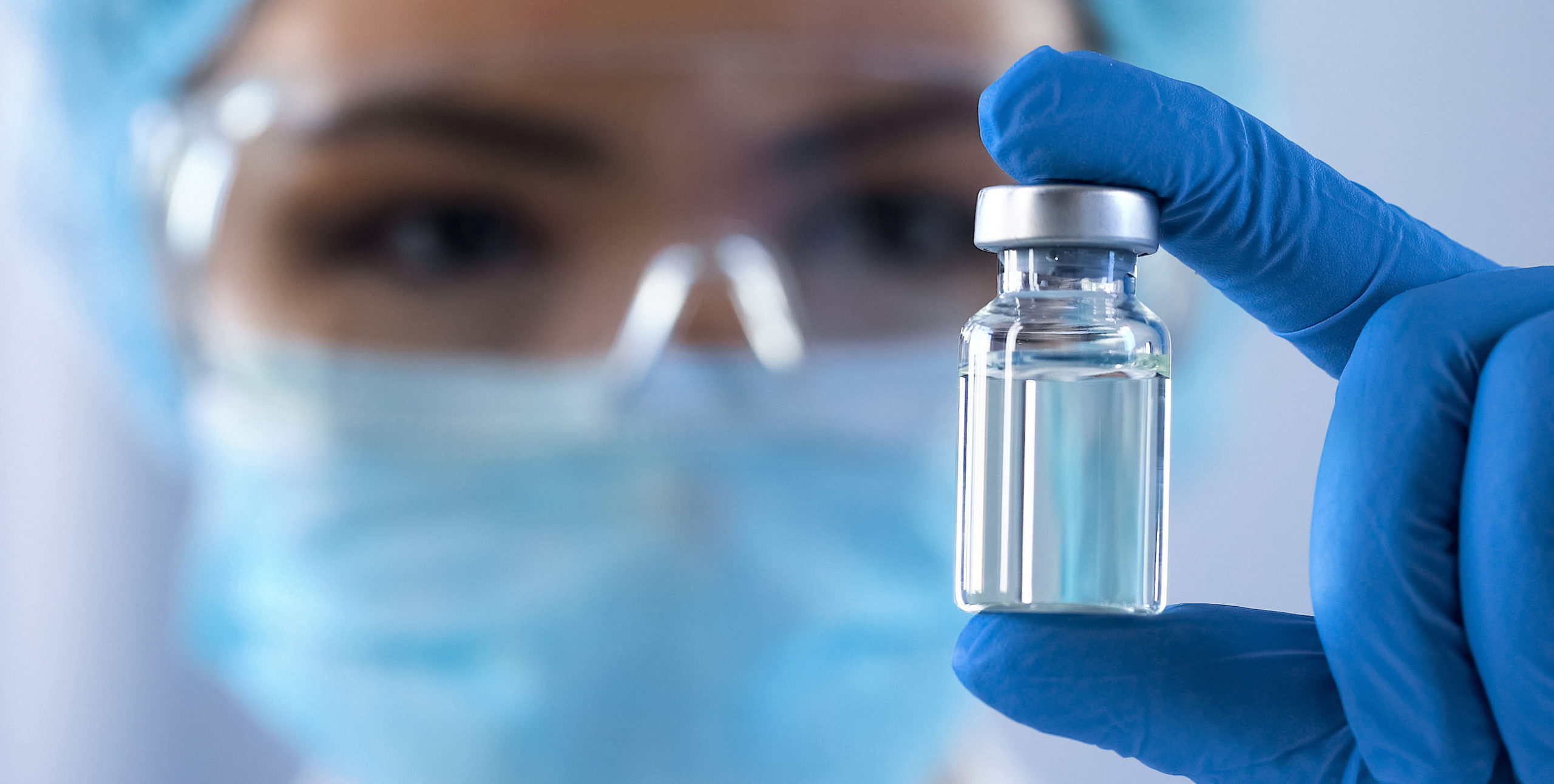
Keeping life-saving fluids like vaccines and medicines clean is vital for patient health. Any dirt or filth can be really harmful, even undoing the good these treatments do. Because of this, drug companies use strict rules and top-notch tech to ensure their products are pure and free from germs. In this piece, we’ll look closely at how they work hard to hit this crucial goal.
Raw Material Testing
Before we start making anything, the raw stuff used in life-saving fluids gets put through a litmus test to make sure it’s tip-top and germ-free. Labs typically run these items through an obstacle course of scientific tests checking for purity. From water down to even active ingredients, everything must pass this quality drill with flying colors.
After clearing these initial hurdles flawlessly, they finally get their ticket into production line town. It might sound hardcore, but remember, there is no room for mistakes here. Keeping you healthy isn’t a part-time gig, after all.
Aseptic Processing
Aseptic processing is a go-to method for making sterile stuff. It makes sure everything, from product to packaging, is germ-free at all times during production. Any item that touches these fluids, like containers and tools, gets zapped clean using steam cleaning or irradiation techniques.
Where does this take place? They take place in spotless zones that we call ‘clean rooms’ with turbo-charged control over air purity. Those stepping in need special get-ups, so no unwanted germs sneak in either.
Filtration
Filtration is key to keeping life-saving fluids clean. Imagine these liquids squeezing through tiny filter holes, less than 0.2 microns big. This catches any lurking bugs or particles on the way out.
Filters are chosen carefully based on fluid type so they don’t mess with their healing powers and stay friendly together. Regular checks keep an eye on whether everything’s filtering smoothly to make sure we get pure, high-quality goods in hand at the end of all this work.
Container Closure Integrity Testing
Once the fluids are all prepped, they have to be stored safely to keep dirt out. The containers need to be so strong for this job – imagine checking them with vacuum or pressure tests just so we know there aren’t any sneaky leaks. Some even use hi-tech imaging to inspect container seals.
Fancy production lines may also have industrial pumps creating a safe bubble around these liquids while filling up their bottles. Even one tiny crack in integrity could ruin everything, which means no compromises on this part of the process.
Conclusion
In short, keeping life-saving fluids sterile is a tricky business that needs focus, watchfulness, and some cool tech. From picking the best raw stuff to using germ-free methods and making sure containers are tip-top, drug companies go all out so patients get clean, working meds. The tough steps they take highlight how key safety and quality are when it comes to health products.